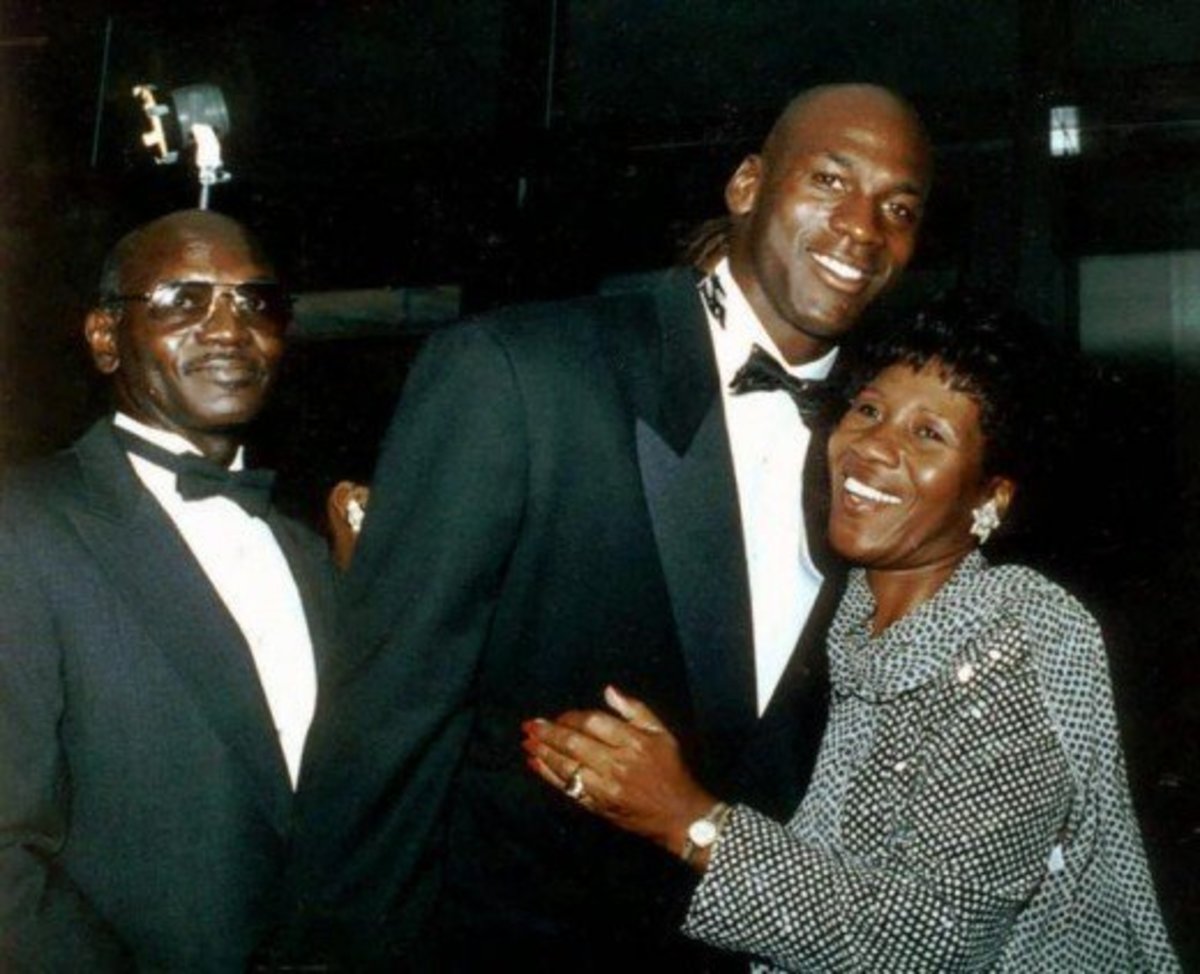Epee Fencing Rules Summary

Epee fencing rules
This is a summary of current (2007) epee fencing rules as specified by the USFA. I hope this will help beginners and seasoned fencers alike. Having been a fencer 30 years ago in college, I recently started competitive fencing again. I realized quickly that some rules have changed. I started looking on the web to see if a rules summary exist besides the official rule book which is over 100 pages. I didn't find anything satisfactory. So, I decided to create one.
- November 2014
Rules Summary
Here are some basic rules in competitive epee fencing.
- A bout consists of 5 touches with a limit of 3 minutes. At the end of the 3 minutes, who ever is ahead in touch count is the winner. If a tie score, a priority is chosen at random, and a one minute sudden death is in play.
- A touch is registered by a machine and a 1/25 of seconds delay will disable the opponents weapon otherwise it is scored as a double touch.
- If a fencer runs off the end of the strip with both feet a touch is scored against him/her. If one foot is off the side of the strip, action is halted and the opponent will gain 1 meter. If the fencer fleches off the side of the strip, no penalties.
- If one fencer is left handed, it is customary for him/her to hook up on the left side of the strip. This is so the director can have a better view of the fencing activity.
- To stop a bout in progress, back up a few steps and raise your non weapon hand and stump your foot to get the attention of the Director. He will call halt. Don't stop fencing unless you hear halt.
- A yellow card is a penalty for various infractions. You cannot use your non weapon hand for blocking. You cannot turn your back on your opponent. Two yellow card will result in a red card - losing 1 touch.
- A direct ellimination bout consist of 15 touches and divided into three 3 minutes periods with a 1 minute rest in between.
- If injured during a bout, a fencer may ask for a 10 minute delay.
Some related links...
- Detail penalties chart
Try not to do these. - Classification Chart
Tournament classifications and ratings.



